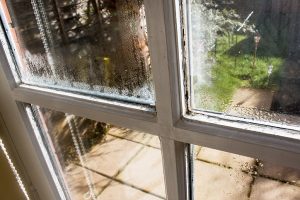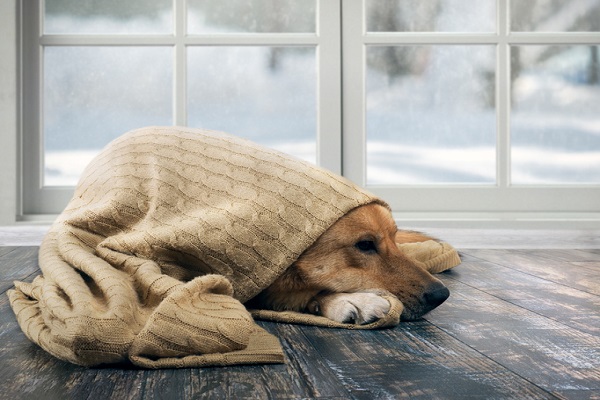When installed properly, plastic window wraps can save you a noticeable amount of money on utility bills. Even better, they can provide a quick fix for uncomfortable leaks and drafts around your windows and doors. Here’s how.
How plastic window wrap works

Plastic window wraps reduce heat loss by adding another layer of insulation. Window wraps are clear plastic sheets that stop cold air from entering through unseen gaps in your window framework. You can purchase a kit at just about any local hardware or home improvement store.
Plastic window film covers can reduce drafts and make your home feel warmer during the winter. They are also a relatively inexpensive way to reduce condensation buildup and lower energy bills. Window wraps can also seal air leaks around the window, when those leaks extend over woodwork.
You can purchase different kits for different kinds of windows. And you often don’t need too many tools to install it yourself:
- Scissors
- Utility knife
- Tape measure
- Hair dryer
- Cotton balls
- Rubbing alcohol
- Double-sided or magnetic tape
How do I know if I really need it?

Not every home benefits from plastic window wrap. For instance, if you have brand-new windows and doors with minimal gaps, plastic wrap may not make a noticeable difference.
However, if your windows have serious air leaks, plastic window wrap can help. Here are a few common problems that can tell you whether you should consider installing plastic wrap on your windows:
- Windows that rattle
- Visible gaps around window trim
- Noticeable dust or pests entering through holes or gaps in and around windows
- Outside odors entering the home
- Peeling paint around the frame of the window
Sometimes, air leaks are visible to the naked eye. More often, you won’t notice them until your fingers and toes tell you. To test your windows for leaks, try the following:
- Paper test: Shut the window over a sheet of paper. If you can easily move the paper back and forth, outdoor air is likely entering your home.
- Smoke test: Light a stick of incense and hold it near the sash or seams of the window. See if the smoke is forced or sucked in a particular direction. If it fails to rise naturally, you likely have a leak.
In short, if you feel cold in a room that has windows and doors despite running your heat, plastic wraps may be a quick, easy solution.
Are plastic window wraps worth the effort?

Generally speaking, yes. This is especially true if you have an older home but can’t or don’t want to replace all of your doors and windows (which can be expensive).
Plus, with so many different brands and styles, you can find a plastic wrap that fits your needs and budget.
There are a few things to consider when installing plastic window wraps.
- If you have pets or children, take caution. Pets and kids can easily damage your plastic window wrap. Worse, they could get tangled or caught in it, which could be life threatening.
- Though installing plastic window wraps is relatively easy, it does require patience. If you install it incorrectly, it won’t insulate properly.
- Plastic window wraps aren’t truly a long-term solution. Eventually, you’ll need to replace drafty doors and windows.
Protect important home items with help from 2-10 HBW

One of the quieter problems of drafty doors and windows is that they often force your HVAC system to work harder. When HVAC systems have to work harder, they’re more likely to break down. And those unexpected breakdowns can cost thousands of dollars out of pocket.
With a Home Warranty Service Agreement from 2-10 Home Buyers Warranty (2-10 HBW), you can protect your budget against routine breakdowns. With coverage for your HVAC system, water heater, major appliances, and more, 2-10 HBW helps homeowners get back to enjoying home ownership after unexpected breakdowns.
2-10 HBW offers the most comprehensive Home Warranty Service Agreements for homeowners. Let us help you protect your home.
Related content
Does a Home Warranty Cover Windows?







